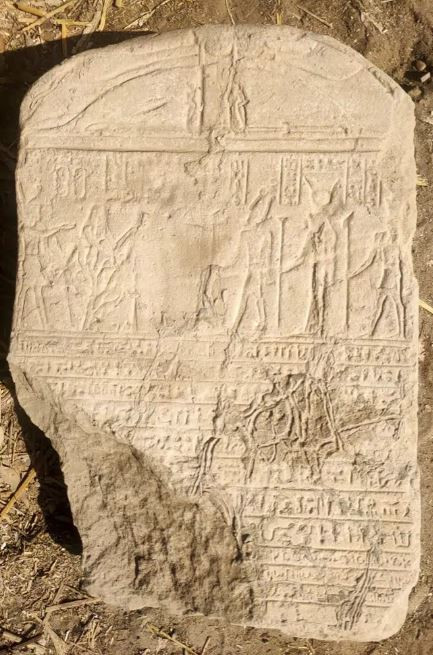A Roman-era stone slab with vernacular and hieroglyphic inscriptions was also found
Archaeologists have brought to light a Sphinx-like statue and shrine ruins from an ancient temple in southern Egypt. As announced by the Egyptian Ministry of Antiquities, they were found in the temple of Dendera, in the province of Qena, south of Cairo.
Archaeologists believe the statue’s smiling features may belong to the Roman emperor Claudius, who expanded Rome’s rule in northern Africa between AD 41 and of 54 AD
A Roman-era stone slab with vernacular and hieroglyphic inscriptions was also found. The limestone sanctuary includes a two-level platform and a Byzantine-era mudbrick basin.
Archaeologists unearthed a Sphinx-like statue and the remains of a shrine in an ancient temple in southern Egypt, antiquities authorities said. https://t.co/b14j5uWMuB
— The Associated Press (@AP) March 6, 2023
Scientists will conduct further studies on the markings on the stone slab, with the aim of discovering more information about the identity of the statue and the area.
The statue is much smaller than the Sphinx at the Pyramids of Giza, which is 20 meters tall.
As the AP reports, such discoveries are usually promoted by the Egyptian government in the hope of attracting more tourists, an important source of foreign currency for the country.
Source :Skai
I am Frederick Tuttle, who works in 247 News Agency as an author and mostly cover entertainment news. I have worked in this industry for 10 years and have gained a lot of experience. I am a very hard worker and always strive to get the best out of my work. I am also very passionate about my work and always try to keep up with the latest news and trends.











